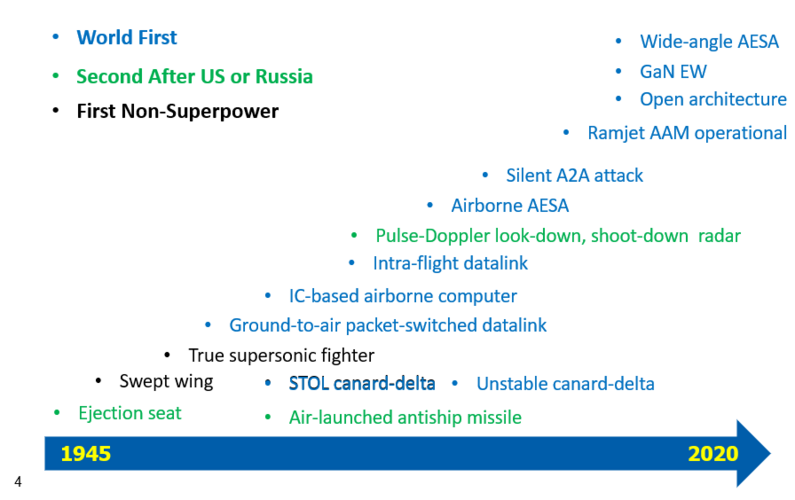Objectivity. Not sure where this comes from, but:
As a journalist, your job is not to report that Mr Smith says it's raining and Ms Jones says it isn't. Your job is to LOOK OUT OF THE ****ING WINDOW AND SEE IF IT'S RAINING.
'
J-Schools don't teach this very well, and tend to undermine it with mechanistic concepts of "balance" where both sides get some kind of equal weight. Not bad in principle, but it does mean. for example, that people or organizations with a record of false statements keep doing that, and getting quoted, particularly if they have power (control of access and advertising budgets, for example). It also allows people or institutions to take extreme positions and move the
Overton Window so that the center "balanced" position is more favorable to them.
As a reporter, author, and op-ed writer, my job is generally to make sure that whatever I'm saying is compatible with the view out of the window, and that I am pretty clear about what is opinion, what is analysis and judgment, and what is fact.
And cast your mind back 15 years or so. Is the state of the program today more like what you'd expect from reading my stuff back then, or from reading some of my J-Schooled colleagues?
PS Trust me, you don't want to get me started on Trump, but I will say that covering JSF was really good practice for thinking about the last eight years of U.S. politics.





